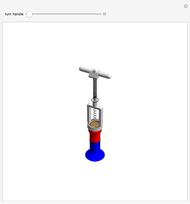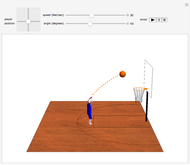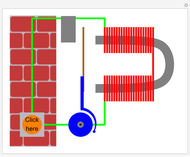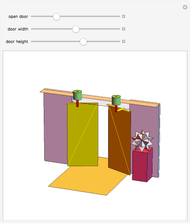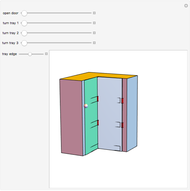How Zippers Work

Requires a Wolfram Notebook System
Interact on desktop, mobile and cloud with the free Wolfram Player or other Wolfram Language products.
The design of the modern version of the zipper (British zip fastener) dates back to Gideon Sundback's invention of the "Hookless Fastener No. 2" in 1914. As the slide is moved upward, two rows of teeth merge and interlock. Zippers with both metallic and plastic teeth are now manufactured in great quantity. Clergy in the 1920s were originally opposed to zippers for allowing people to take off their clothes too quickly, thus promoting illicit sexual activity.
Contributed by: S. M. Blinder (April 2008)
Open content licensed under CC BY-NC-SA
Snapshots
Details
detailSectionParagraphPermanent Citation
"How Zippers Work"
http://demonstrations.wolfram.com/HowZippersWork/
Wolfram Demonstrations Project
Published: April 16 2008








